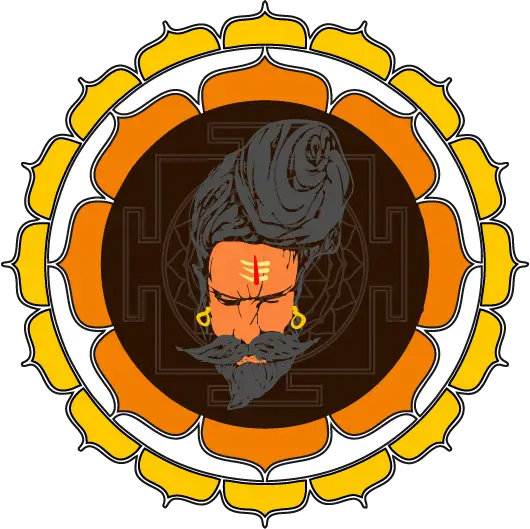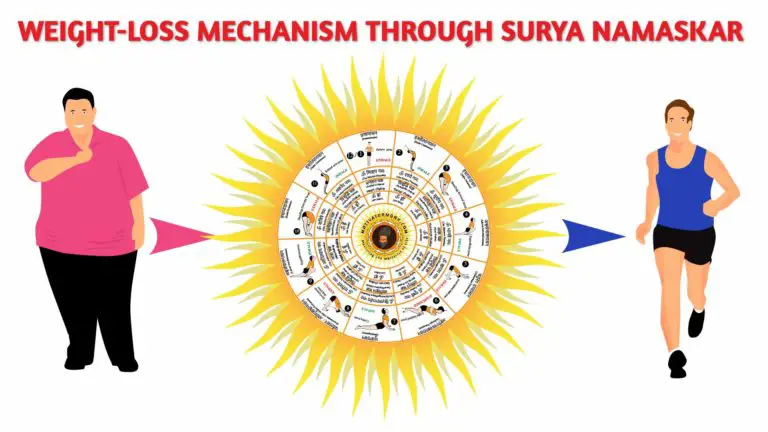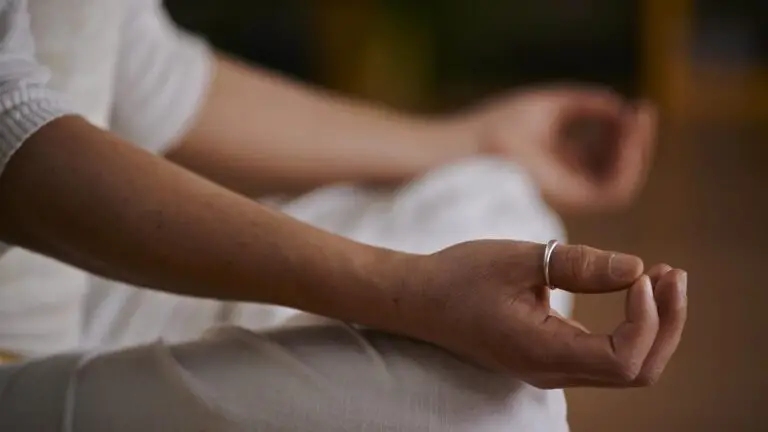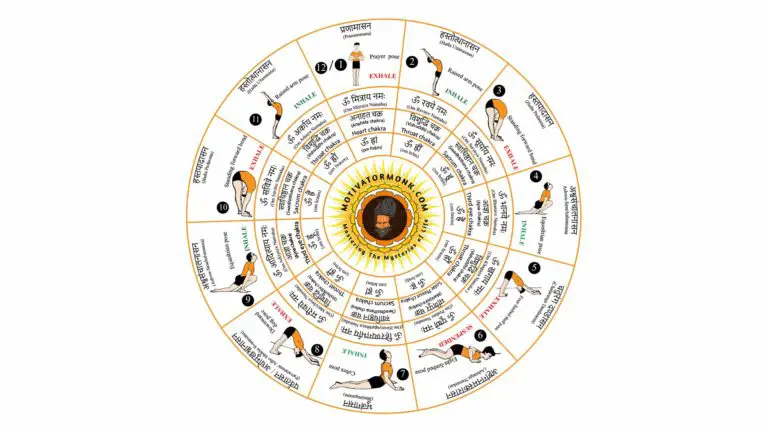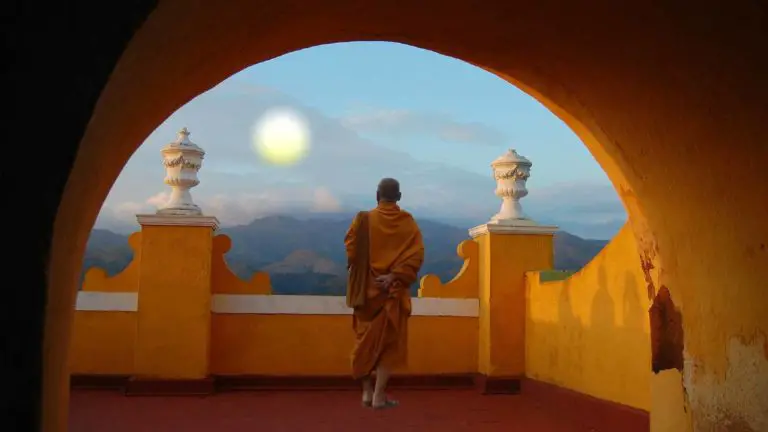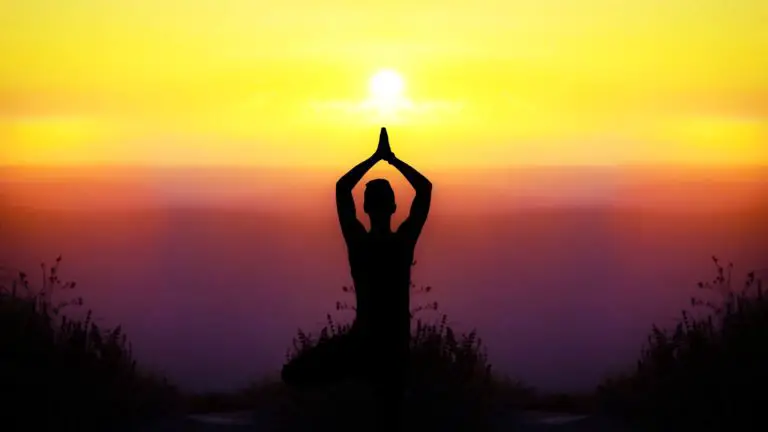Yoga for Corona-Best 7 Asana for COVID Prevention & Recovery
Yoga is a thousand-year-old exercise science that is becoming more and more relevant in the modern world with the kind of lifestyle we are headed into. Every day new diseases & disorders are frapping the human mind and body like never before. Deadly aliments and pandemics are now a common term. The one thing standing between life & death is the awareness of humanity & the immunity of the human body. The first and most effective firewall against all bodily disorders is the adaptive immunity that has saved us to survive against all odds; every time humanity lost its hope against any pestilence. Such an infection is COVID-19, which has put all of our medical science & infrastructure on the back foot. In these challenging times, the age-old wisdom & science behind the practice of Yoga, meditation & Ayurveda can be a point of rescue. The complete system of Yoga & pranayama is based on breathing techniques & strengthening of the inner system of the body, which this COVID virus is targeting the most. So, it is definite that practicing Yoga for Corona prevention & recovery is something that we all should consider to improve our immunity & inner energy. It will work as a prime protective shield against this deadly virus.
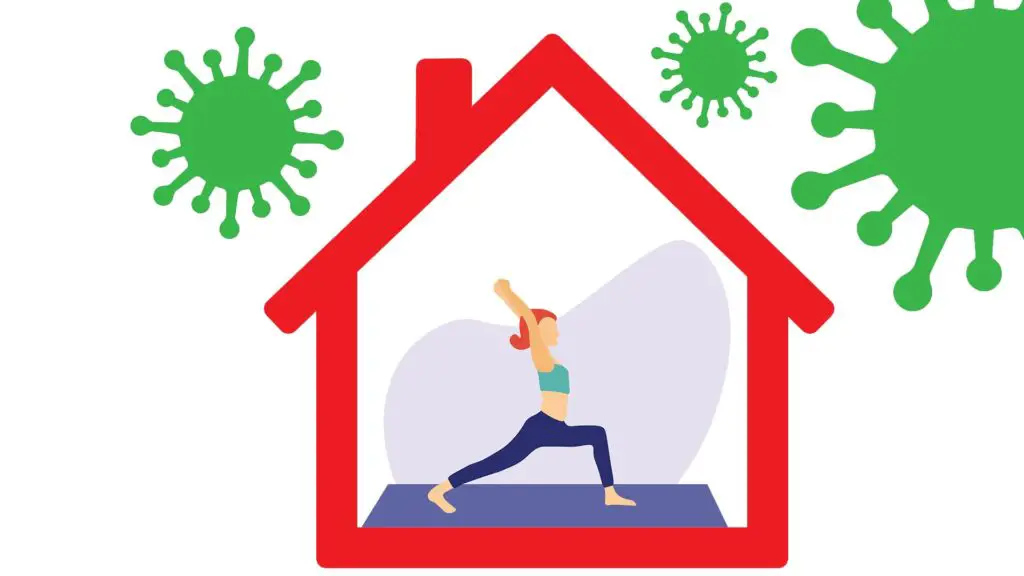
A combination of Yoga, Meditation, Pranayama, a good diet, proper rest & a strong will & a fighter attitude is the one thing that will not only rectify our present but also prevent our future. A study done in IIT Delhi during the first outbreak of corona emphasizes the relevance of Yoga in COVID care. The research done on an excellent & inclusive-sized sample shows that Yoga practitioners had lower stress and depression, higher wellbeing, and higher peace of mind due to the COVID-19 outbreak than the non-practitioners.
How Yoga helps
No one is a better healer than Mother nature & the universe itself. And Yoga is all about bringing your body in resonance with the forces of nature and individual consciousness with the universal consciousness. Various studies have shown Yoga to be a useful preventive measure for vulnerable populations such as the elderly & children. It has been observed that Yoga increases mucosal immunity by increasing Salivary Beta Defensin-2 levels in the elderly population.
Thus, we can confidently say that sufficient evidence exists to justify testing the hypothesis that training in Yoga /Meditation can reduce susceptibility to ARI illness. Moreover, there is evidence of benefits by the use of Yoga in treating several common diseases like flu, asthma, hypertension, Chronic Obstructive Pulmonary Disease, and many more. So, Let’s now try to understand how the complete structured system of Yoga works.
There are 4 vital systems of the human body that Yoga influences positively :
- Pneumogastric nerve
- lymphoid system
- Thoracic area
- Autonomic nervous system
1. Effect of Yoga on Pneumogastric nerve

The Pneumogastric nerve is the 10th cranial nerve that originates from the brain and runs in branches to control the heart, lungs, and abdomen. This nerve is responsible for providing the main parasympathetic supply to the heart and stimulates a reduction in the heart rate.
Pranayama like Anulom-vilom & Bharamari has a very positive effect on the Pneumogastric nerve. By stimulating this nerve through Yoga, you send a signal to the body to relax & de-stress. It also helps in long-term improvements in mood, wellbeing, and resilience and is a great tool to overcome anxiety and depression, implies an article published by the University of Ottawa.
2. Effect of Yoga on lymphoid system
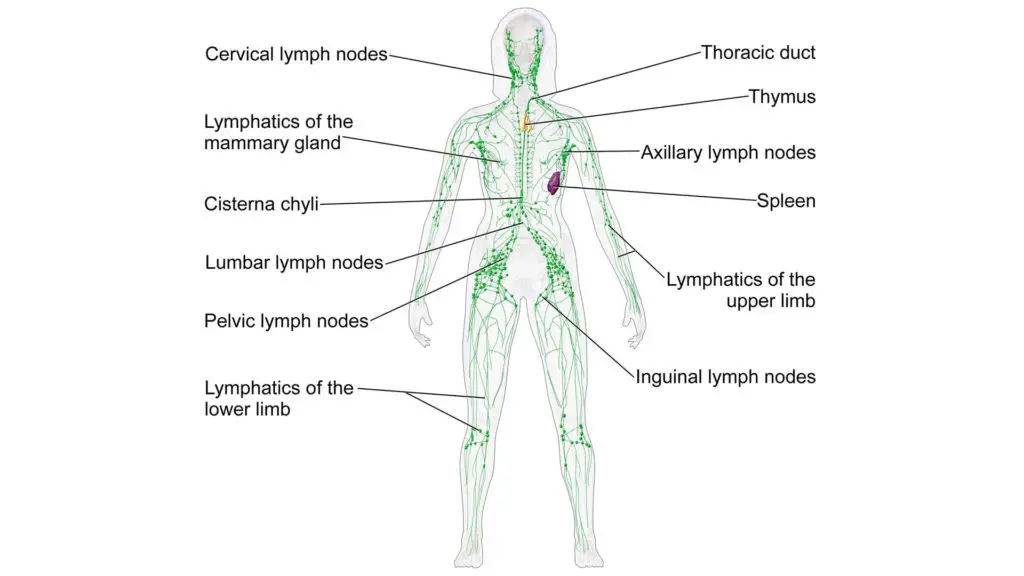
The lymphatic system is a combination of tissues & organs that assists the body to get rid of toxins and other waste materials. It also helps in the transport of white blood cells through lymph, which fights infections & is responsible for the body’s immunity.
The lymph ducts are found in the throat, armpits, chest plate, upper abdomen, and groins. Releasing, broadening, and opening these areas of the trunk will aid the flow of lymph. Stretching and breathing exercises help a lot to improve the health of this system. Ultimately, Yoga and pranayama like Uttanasana, Sasakāsana, Halasana, Balasana & Adho Mukha Virasana help maintain a well-functioning lymphatic system by clearing the lymphatic fluid & lowering the stress levels.
3. Effect of Yoga on Thoracic area
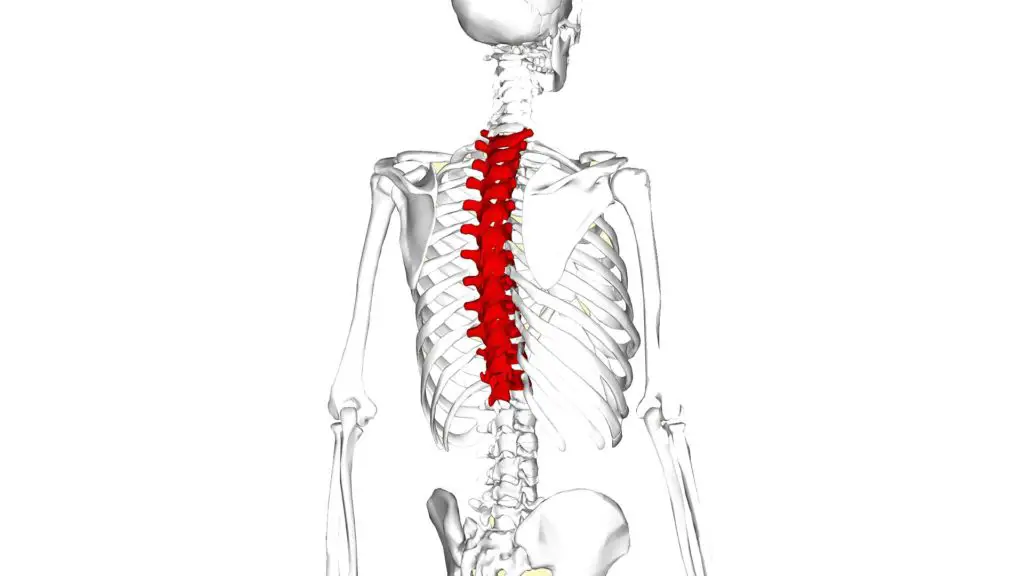
The thoracic spine runs from the back of the neck down to the abdomen and is attached to the rib cage. The thoracic area includes the thymus gland, chest, heart, lungs, tracheobronchial tree, and pleurae.
Due to fear & fatigue, the thoracic area gets cramped & constricted, which further restricts the flow of breath and the oxygen uptake in the bloodstream. As a result, the person suffers from respiratory issues & heart problems.
Yoga postures which stretch the front trunk of the body are highly beneficial in improving thoracic health. Asana like Bhujangāsana, Adho-Mukha-swanasana, UtthanaMandukāsana, etc., releases the pressure of the cervical vertebra, relax trapezius, stretches hamstrings and calves with a massage-like effect in the thoracic spine. These effects are found in research done on people with lower back pain.
4. Effect of Yoga on Autonomic nervous system
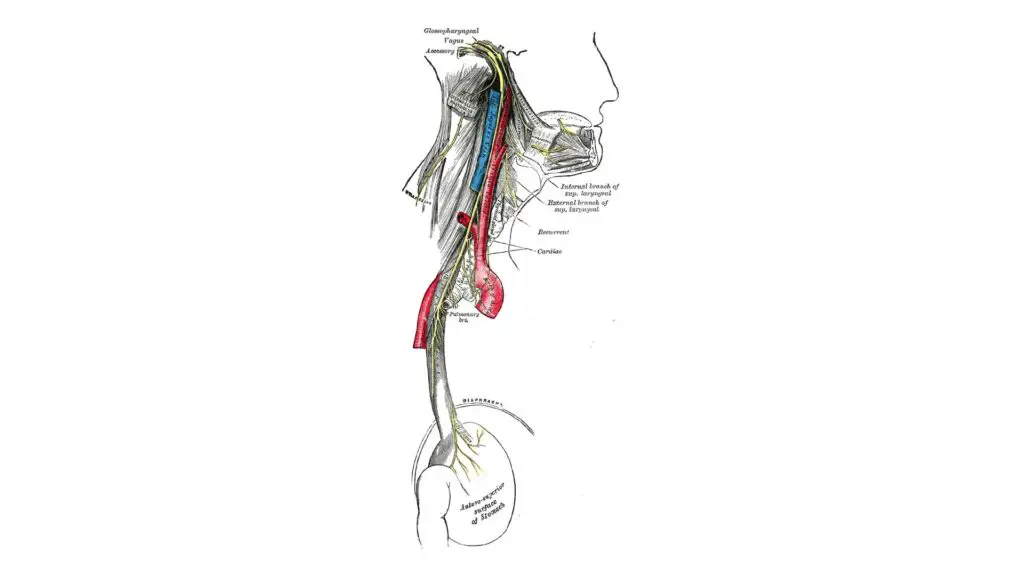
The Autonomic nervous system is an involuntary & autonomous control mechanism that controls various vital internal organs of the human body. The primary function of this system is to regulate blood pressure and the rate of breathing.
The sympathetic nervous system originates in the thoracic region of the spine & the parasympathetic nervous system originates in the brainstem and sacral portion of the spinal cord. So, Broadening and lengthening these areas through various Yoga postures will reduce the stress on the spine & improve the functioning of the lungs & heart.
Yoga for Corona : Best Asanas for COVID Prevention & Recovery
Here are the 9 best Asanas for COVID Prevention & Recovery:
- ArdhaChakrāsana (The Half wheel posture)
- Sasakāsana (The Hare posture)
- Vakrāsana (The Seated twist posture)
- Dandasana (The Staff Pose)
- Pavanmuktasana (The Wind releasing posture )
- UtthanaMandukāsana (The Stretched up-frog posture )
- Bhujangāsana (The Cobra posture)
- Adho Mukha Virasana (The Forward Facing Hero Pose)
- Savasana (The corpse pose)
ArdhaChakrāsana (The Half wheel posture)
Practice duration: 1 minute
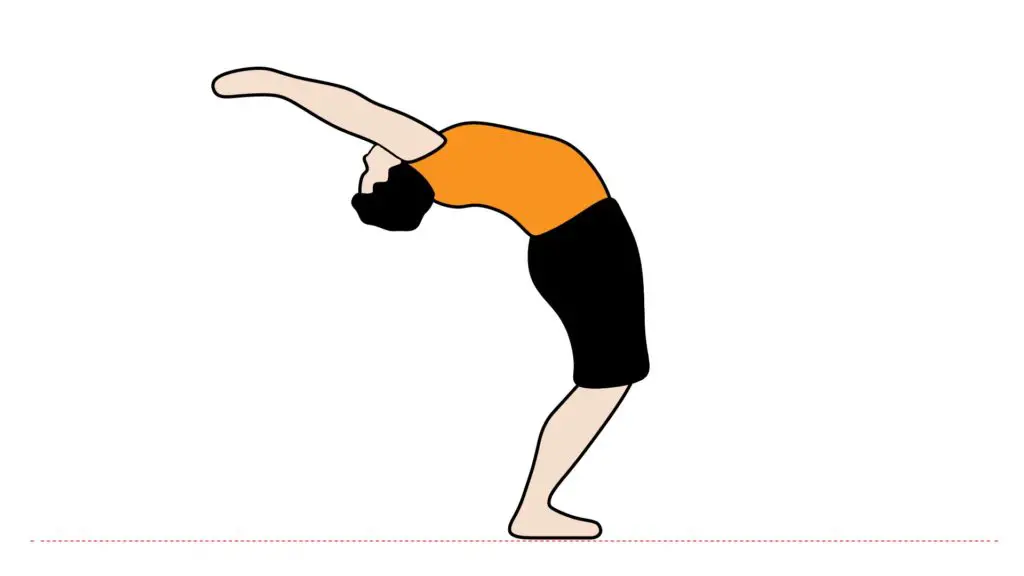
Steps:
- Stand straight with the feet together and keep the hands with the body.
- Keep your body weight evenly on both feet.
- Draw the breath inwards, move the hands above the head, and the palms are facing each other.
- While exhaling, push the buttocks forward slightly, bend backward lightly, keep your hands close to the ears, keep elbows and knees straight, raise your chest towards the ceiling while keeping the head straight.
- While breathing in, keep this state for some time and then come back slowly.
- Exhale, bring your hands down, and relax.
Benefits :
ArdhaChakrāsana Stretches the Thoracic area of the torso Strengthens the muscles of hands and shoulders.
Sasakāsana (The Hare posture)
Practice duration: 1 minute
Steps:
- Sit down in Vajrasana.
- Inhaling, raise both hands above the head, adjoining the ear.
- Now while exhaling, touch the head and both hands together from the ground towards the front.
- Do external Kumbhak. Then while inhaling, raise the hands and head together.
- Exhale and return to the original state. Be aware of your breath.
Benefits :
The hare posture asana relieves abdominal diseases & Spinal disorders. Sasakāsana Smoothes the circulatory system helps in overcoming Mental disorders.
Vakrāsana (The Seated twist posture)
Practice duration: 1 minute
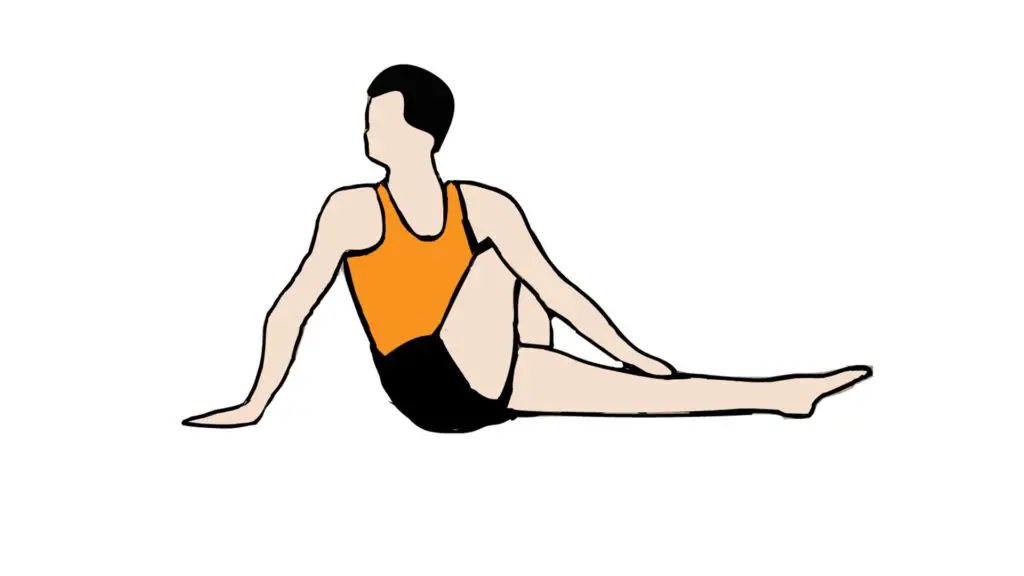
Steps:
- Sit on a flat spot in an open & clean place and spread your legs in front of you without any gap between the legs,
- After this, bring the left leg next to the knee of the right foot.
- The left hand will return to the back & keep touching it on the ground at a distance of 1 foot behind.
- Now, by putting the right hand from the left side of the right foot, try to touch the knee of the right foot. Doing this will stretch your stomach.
- In this situation, the speed of breath should be kept normal.
Benefits :
Vakrasana is an excellent asana for people with diabetes as it improves the functionality of the pancreas. Continuous practice of this asana strengthens the nervous system in our body and provides energy. It reduces abdominal fat and maintains weight balance. Vakrasana cures neck & back pain & relieves constipation.
Dandasana (The Staff Pose)
Practice duration: 1 minute
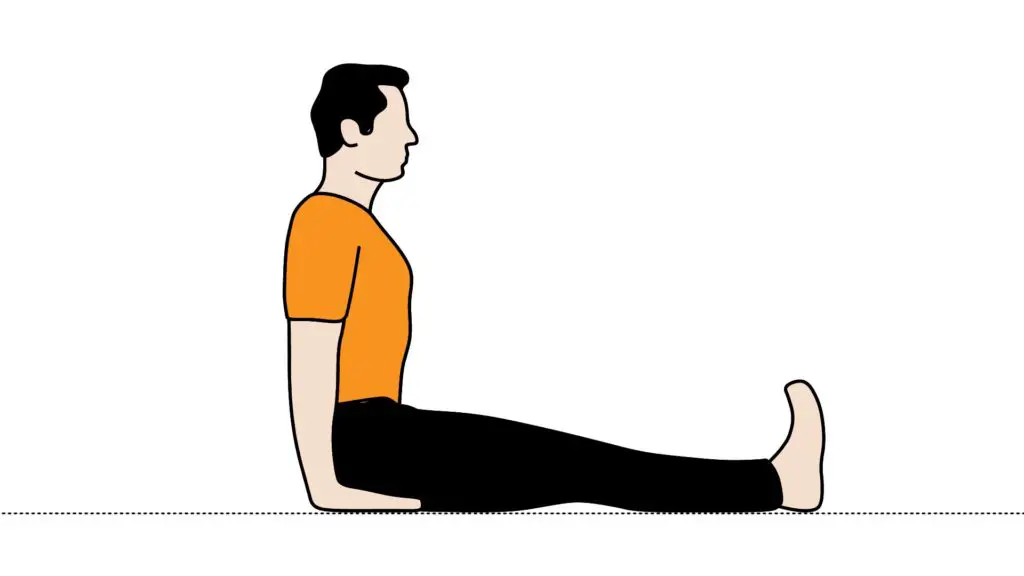
Steps:
- First of all, sit on the ground on a Yoga mat & Keep your feet straight forward.
- Place both legs separately at a parallel width to your hips.
- Keep the spine absolutely straight.
- Keep your hands’ side by your hips.
- Make your both palms touch the ground.
- Put pressure on your palms and straighten your waist.
- Remember not to bend your elbows.
Benefits :
Practicing Dandasana elongates the spine & tones the back muscles. It also helps in stretching the chest cavity & the shoulders and removes the stress from the lungs. Dandasana relives the stress by nourishing the Pneumogastric nerve.
Pavanmuktasana (The Wind releasing posture)
Practice duration: 1 minute
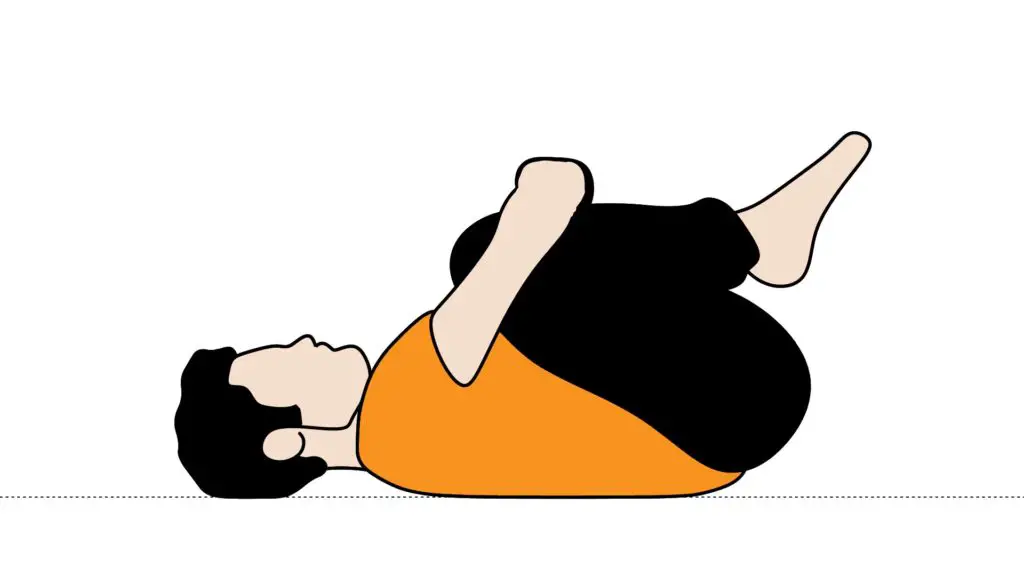
Steps:
- Lie on your back in the pose of Shavasana.
- Slowly bend the knee and place the feet on the floor.
- Hold the knee from above with both hands and while inhaling, touch the knees to the chest.
- Now, hold the breath for 10-20 seconds.
- Release the knees and exhale to return to the normal position by straightening the legs.
Benefits :
Pavanmuktasana is very beneficial in gastritis, Back pain, sciatica, heart disease & arthritis. It releases the stress of the spine & lower back.
UtthanaMandukāsana (The Stretched up-frog posture)
Practice duration: 1 minute
Steps:
- First of all, sit in Vajrasana.
- Spread out both knees.
- With the right hand raised, place the palm behind the left shoulder.
- Now place the palm of the left hand behind the right shoulder.
- Straighten the neck and waist and stretch it to the maximum.
- Take a long breath & keep the breath stable for some time.
Benefits :
Very Beneficial for back and throat. UtthanaMandukāsana Improves the functioning of the diaphragm. Inclusion of the Stretched up-frog posture in a Long-term exercise regime improves the health of Respiratory organs and kidneys.
Bhujangāsana (The Cobra posture)
Practice duration: 1 minute
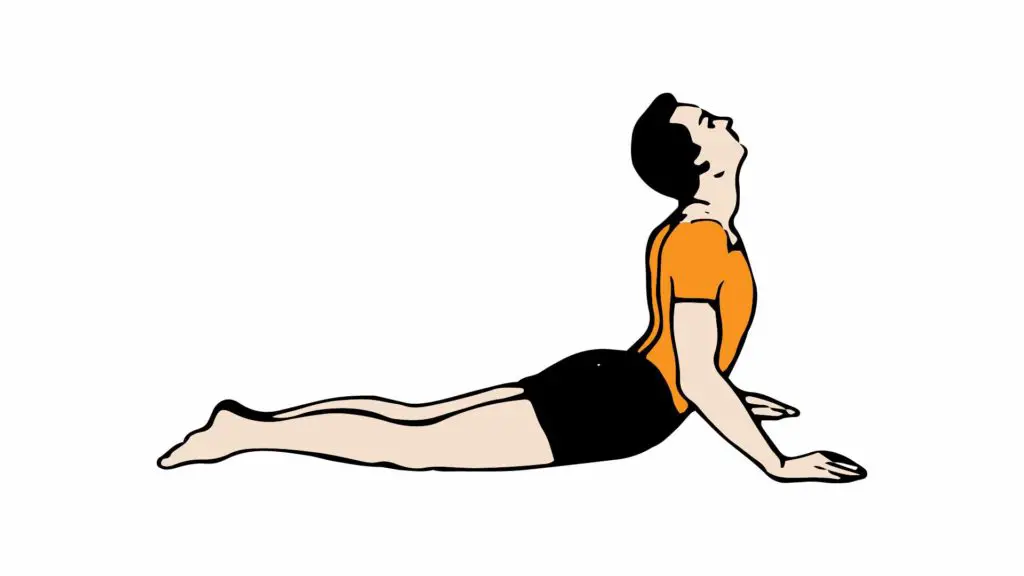
Steps:
- First of all, lie down on your stomach on a mat in a flat & clean place in an open area.
- After lying down, straighten the legs & connect your feet together. Keep both palms at shoulder width, completely touching the ground.
- Keep the elbows raised towards the sky, And the forehead touching the ground.
- While breathing slowly, lift your neck upwards & slowly raise the torso with the help of both hands.
- Do not lift the legs upwards And stay in this position for 20 to 30 seconds.
- Continue to breathe at normal speed.
- Finally, leaving the breath slowly, come to the initial position of laying on the ground completely. In the same way, do this asana 3 to 5 times.
Benefits :
Bhujangāsana Strengthens the muscles of the chest, shoulders, arms, and abdomen and Balances blood circulation. The practice of the Cobra posture can relieve lung-related problems.
Adho Mukha Virasana (The Forward Facing Hero Pose)
Practice duration: 1 minute
Steps:
- Start this Yoga posture by sitting in Vajrasana.
- Widen your knees one by one, keeping your toes together.
- Spread your hands out swiftly in front of you until your arms are straight.
- Exhale and bring your forehead towards touching the floor.
- Keep your fingers evenly spread, and press the ground with your thumb and index finger.
- Lengthen your spine by moving your buttocks back toward the back of your mat and moving the crown of your head towards the front of your mat.
Benefits :
The Adho Mukha Virasana stretches and expands the entire back, including the spine. This asana derives an Awareness of the breath & Normalizes the circulation of blood throughout the body. It also acts as a great way to relax the spine, shoulders, neck, head and calms the mind and the central nervous system.
Savasana (The corpse pose)
Practice duration: 1 minute
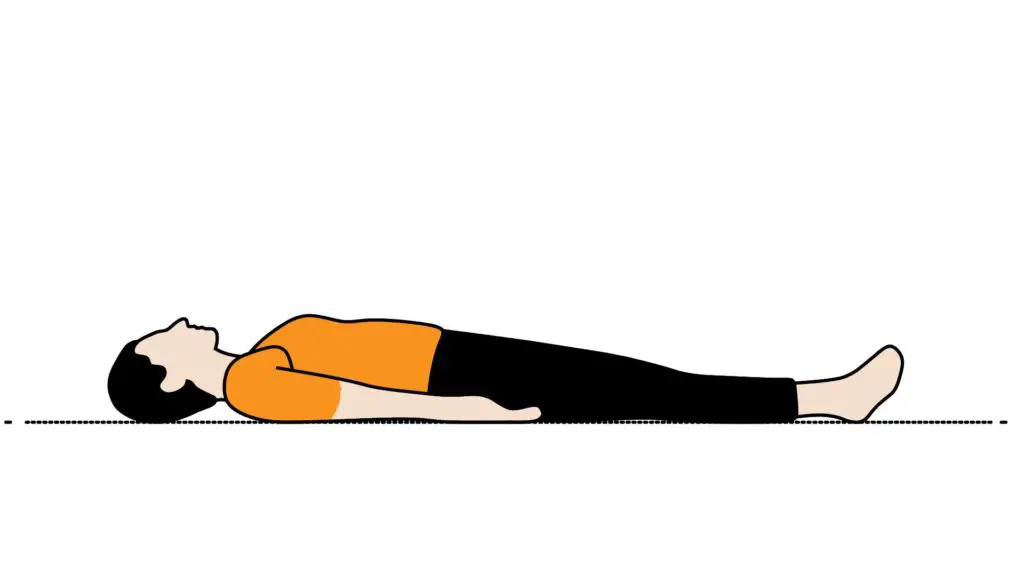
Steps:
- Lie on your back and keep a gap of one and a half feet between the two legs. Keep both hands at a distance of 4 inches (15 cm) from the body with the palm facing upwards.
- To support the head, you can keep a towel or any cloth under the head. During this, keep in mind that the head is straight.
- Arrange your waist and shoulders to make the body tensionless. Leave all the body parts loose.
- Close your eyes softly. Do not move any limb while performing the Shavasana.
- Take deep breaths and while exhaling, feel that the whole body is becoming relaxed. All body parts have become calm.
- For a while, maintain the alertness of the breath, keep your eyes closed and try to see the light of a flame in the Ajna chakra.
- Let go of any thought that comes to mind & In a few moments, you will become mentally calm and relaxed.
Benefits :
By doing Shavasana, one gets into a state of deep meditation which relieves the body from stress and heals the cells completely. With this posture, the body regains energy. The asana is perfect for patients with low blood pressure & insomnia. The corpse pose is the best posture for stabilizing the body and the respiratory system.
Pranayama for COVID -19 that can improve your Respiratory Health
Pranayama is a much easy and effective way to solve all breathing problems than a traditional yoga practice. However, when combined with meditation & Yoga, it leads to an even more effective solution towards any bodily disorders. It is definitely the shortcut to calmness of mind & inner peace.
Following are some pranayama yoga that is very easy to practice but very beneficial for COVID:
- Kapalbhati pranayama
- Shitali pranayama
- Bhramari pranayama
- Nadi-Shodhana pranayama
Meditation practice for corona
Meditation is one thing that can calm your senses and provide mental support during these difficult times. A session of 10 minutes of meditation after Yoga & pranayama is highly beneficial for your mental health. It is something that can prove to be a boon in this time of constant panic.
Sarah McEwen, a Senior Research Scientist at the Pacific Brain Health Centre, says in an article published on pacific neuroscience institute :
Enhancing immune system functioning has been a well-known benefit of meditation. Still, there are other biological and psychological benefits as well. In the context of the novel COVID-19 disease, with no known cure or pathogenesis, it seems even more imperative we look to multi-faceted, low-cost, low side effect complementary treatments that work on multiple psychological, emotional, epigenetic, neural, and behavioral processes to prevent and potentially modify this elusive disease.
So, overall the conclusion for all of us is to start following a healthy lifestyle now. Its high time that we start using a combination of traditional & modern systems to come out of this pandemic safe & sound.
In the end, we will advise you to follow a few things that could be a lifesaver for you and your loved ones:
- Time could not be better to start rectifying you’re eating habits. Follow a healthy diet consisting of fresh fruits & vegetables that contain a lot of vitamin C.
- Start doing the Yoga, meditation & the pranayama you have read in this article.
- Do not panic and try to smile at the little things that you still have in your life.
- Help others in need If you can.
- Follow the guidelines of authorities.
One more thing,
If you have any health condition or are already infected by the virus, always consult your doctor before starting any yoga or exercise routine.
For more details of Yoga for corona prevention & recovery, you can also refer to this video by the Ministry of Ayush, Government of India.
